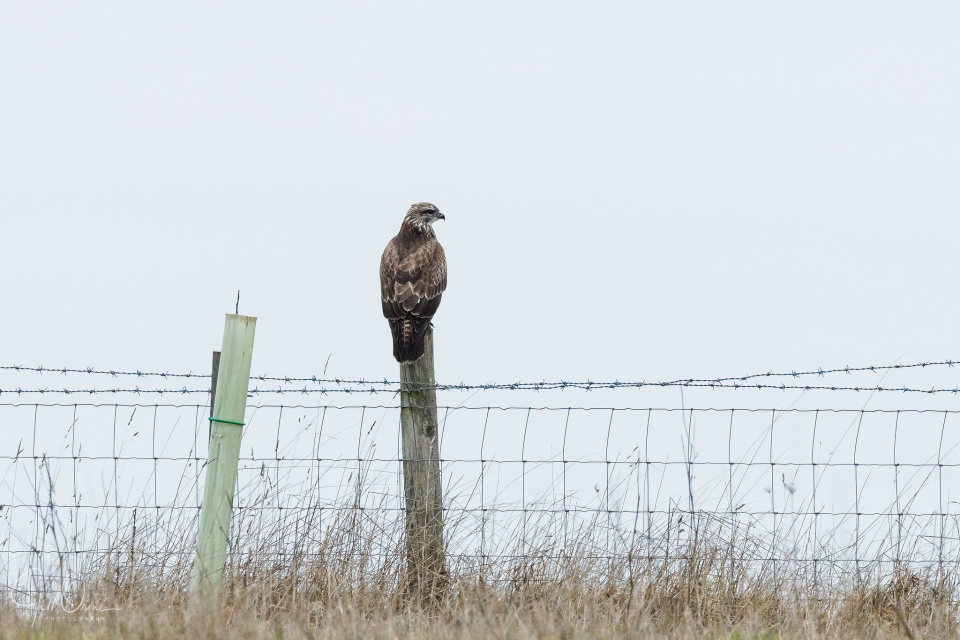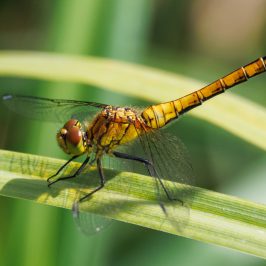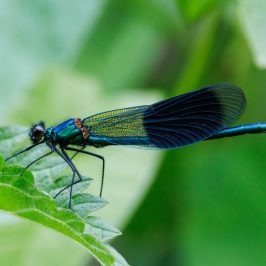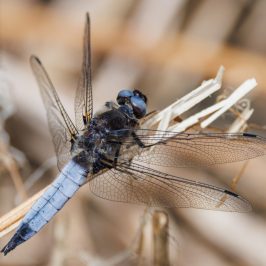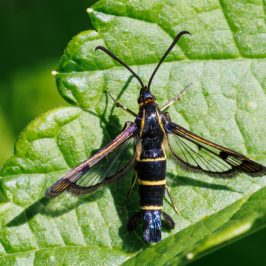The unholy combination of persecution, pesticides, and myxomatosis in rabbits brought red kites to the brink of extinction in the UK by the mid-C20th, and reduced buzzard numbers to maybe a thousand breeding pairs. Despite having had a country childhood, I never saw either species until about twenty five years ago, by which time buzzards were making a comeback, and began showing up around Worcestershire and Warwickshire. Estimates of the current buzzard population vary, but it’s thought that numbers have quadrupled since the 1970s, to at least 70,000 breeding pairs. The RSPB states that it is now our commonest and most widespread raptor, and breeds in every county of the UK.
Red kites, having sunk further, needed extra help, but from the late 1980s onward the small Welsh colony was supported, and young birds from Europe were reintroduced to England and Scotland, in what turned out to be one of the most successful conservation schemes ever run in this country. Over the past few years the growing Welsh population has begun spreading east, while the descendants of the birds that were reintroduced to the east of the country have started to move west from their strongholds in the Chilterns and along the M4 corridor, and the RSPB believes that the UK breeding population has now reached 4,400 pairs.
While buzzards have now taken up residence around our village, and frequently overfly it, red kites are still rare enough here to be noteworthy. I was out birding this afternoon, heading up the hill towards the Vale Landscape Heritage Trust orchard, when R phoned and told me that he’d just seen one over the lane, and when I turned and looked back I immediately spotted it circling above the village. A few minutes later its rapid circuits widened enough to bring it right over my head, but I managed not to imitate a Falkland Islands penguin and fall over backwards while watching it. My second photo today was the last one I captured before the kite disappeared from view behind a stand of trees.
When I reached the orchard, almost the first bird I spotted was this buzzard, sitting on a fence post. At this time of year buzzards spend quite a lot of time digging for earthworms, but I’d guess that this one was hoping for the opportunity to pounce on a vole or an unwary songbird, which they will kill when they can. It wasn’t pleased that I’d arrived, and took itself off rather huffily to some nearby conifers, but not before giving me this nice view of its handsome plumage. I was pleased to find that the feeding station is now in operation again at the far side of the orchard, and because of this I was able to add yellowhammer, corn bunting and chiffchaff to my year list (bringing it to 84 species); but as this is the first time I’ve ever photographed a red kite and a buzzard around the village on the same day, they had to be the subject of my post.
There’s an interesting National Geographic article here about the UK’s red kite recovery programme, and informative pages from the Woodland Trust about both the red kite and the buzzard.
Oh, and in other news – I’ve chosen and ordered a car. Current mood: happy, surprised and daunted, in about equal measure.

